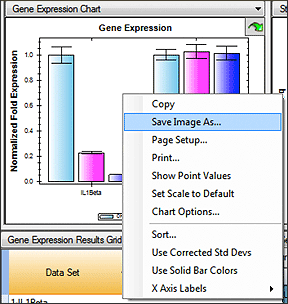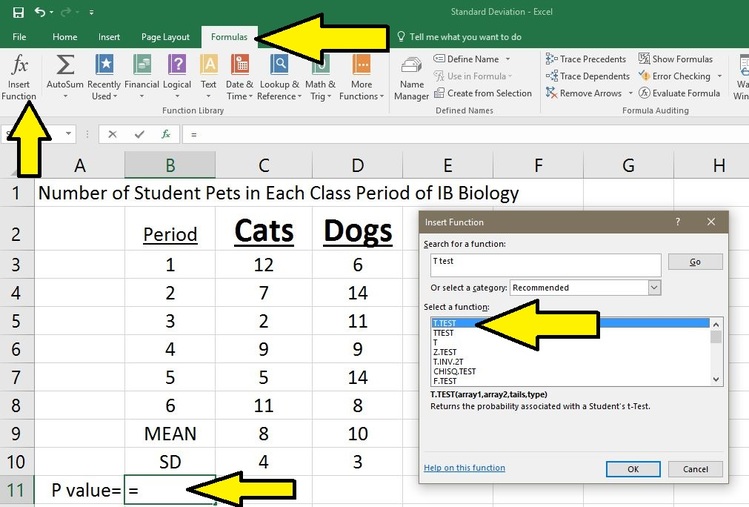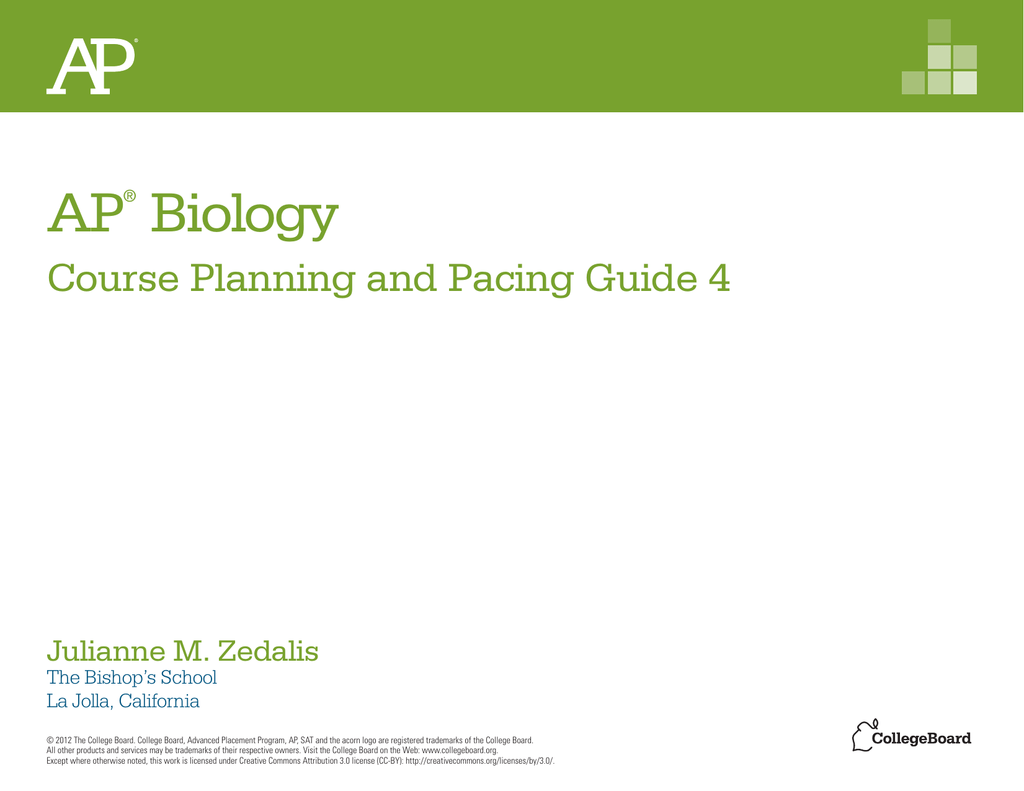


The final form included domains with specific items in each for article type, study design, sampling technique, summary statistics, reporting of statistical inference, statistical tests, statistical models, reporting of missing data, causal inference, and statistical software. In reviewing each article, the selection of any variable on the review form indicated that variable had been explicitly or implicitly reported within the text of the paper. The results presented in the following tables in this article are framed to correspond to the data collection form. We developed the form through a process of four pilot studies in which three reviewers read and cataloged the statistical methods reported in random samples of articles from our selected journals for the 2014 publication year. Our data collection form consisted of a closed-coding system for quantifying statistical methods reported by the authors of each published paper. The form was rigorously developed and tested prior to use on the study sample. The data collection form used in this study was created by the study authors and designed to gather information on statistical methods described in each randomly selected article.

A critical question of interest is “What statistical concepts and methods do public health professionals need to know to read and understand the literature?” Our study provides the needed evidence basis for beginning to answer this question. The purpose of this work is to quantify the use of basic and advanced statistical methods in the general public health literature. Information on methods used is needed to make informed decisions about curriculum development, continuing education, and training of public health professionals. Although this is a desired outcome of training, there are no known recent studies that quantify the types of statistical methods used in the public health literature. One of the core curriculum competencies in biostatistics education for the master of public health (MPH) degree is to develop skill and knowledge to critically evaluate the application, presentation, and interpretation of statistical analyses in public health studies. A comprehensive understanding of statistical concepts and methods is essential for understanding current research and developing effective public health practice.īiostatistics education is a core requirement in all graduate degree public health programs accredited by the Association of Schools and Programs of Public Health (ASPPH) in the United States. However, statistical training in public health may not have kept up with the modern data explosion and statistical complexities increasingly being applied in health studies and reported in scientific publications.
#HOW TO DO STATISTICAL ANALYSIS IN EXCEL AP BIOLOGY SOFTWARE#
The rapid growth and widespread availability in computing power and user-friendly statistical software packages in recent decades has led to the use of more advanced statistical methods and analyses being used and reported in the health literature.

Studies have shown that statistical literacy and knowledge are needed for understanding published research. Public health practice relies on the peer reviewed public health literature for current research and findings that support an evidence basis for effective practice. Although this study did not obtain information on what should be taught, information on statistical methods being used is useful for curriculum development in graduate health sciences education, as well as making informed decisions about continuing education for public health professionals. These results reveal the types of statistical methods currently used in the public health literature. Descriptive statistics in table or graphical form were reported in more than 95% of the articles, and statistical inference reported in more than 76% of the studies reviewed. Approximately 81.9% of articles reported an observational study design and 93.1% of articles were substantively focused. Results were summarized for statistical methods used in the literature, including descriptive and inferential statistics, modeling, advanced statistical techniques, and statistical software used. Data were analyzed with descriptive statistics and frequency distributions. Studies were reviewed by two readers and a standardized data collection form completed for each article. We randomly sampled 216 published articles from seven top tier general public health journals. The purpose of this study was to quantify basic and advanced statistical methods used in public health research. Statistical literacy and knowledge is needed to read and understand the public health literature.


 0 kommentar(er)
0 kommentar(er)
